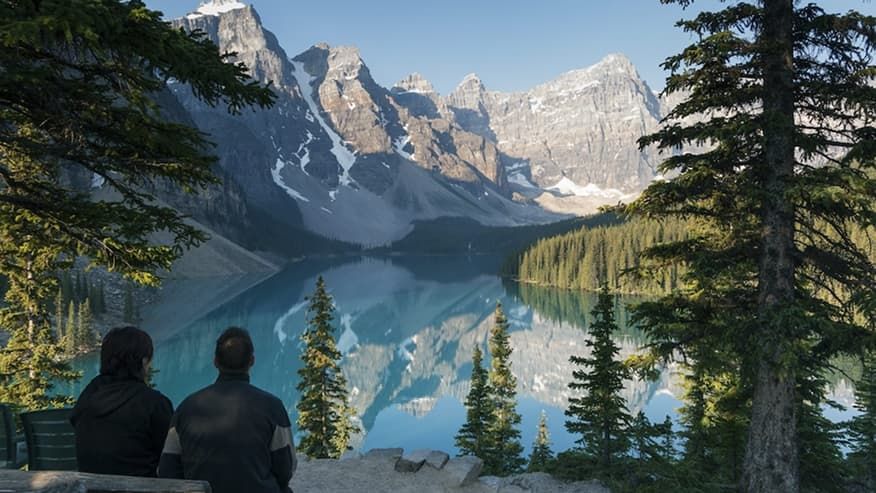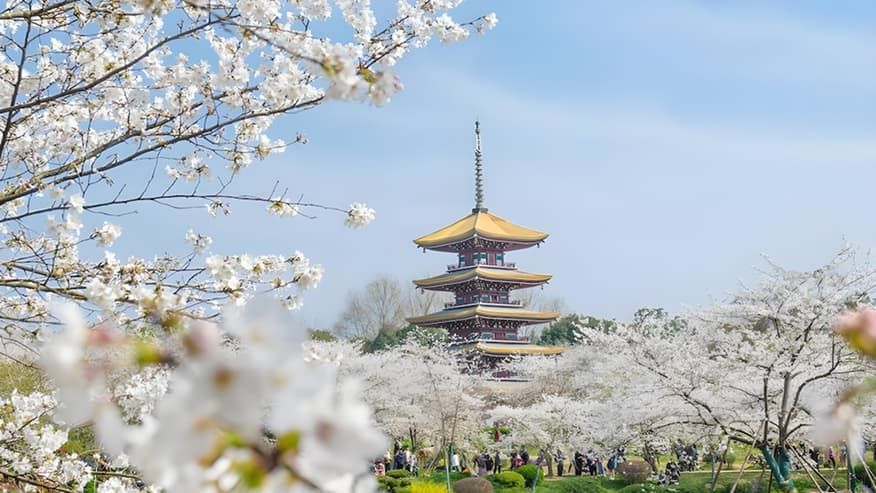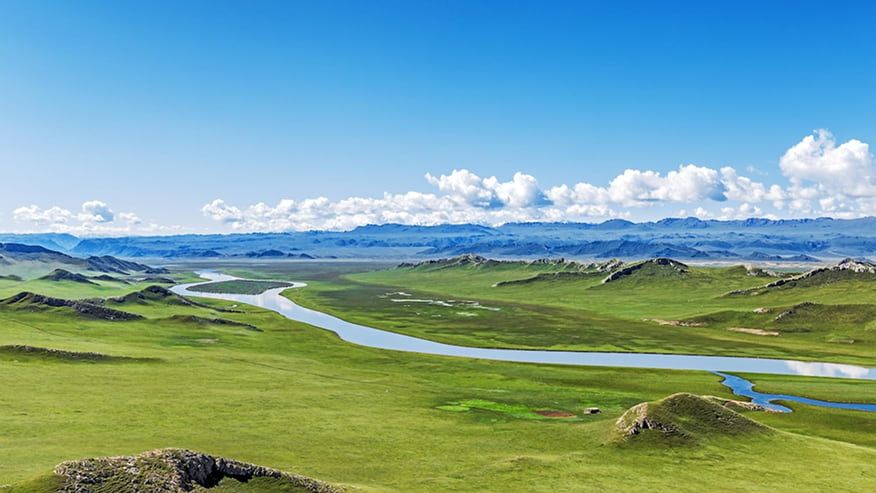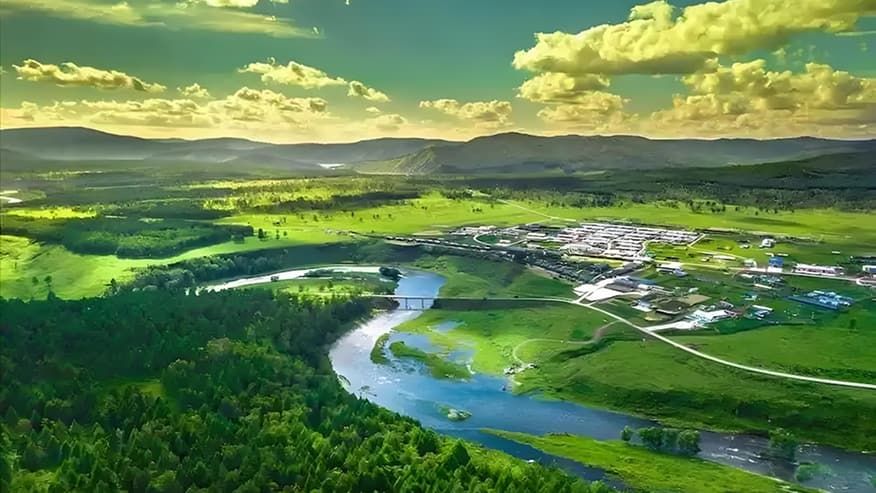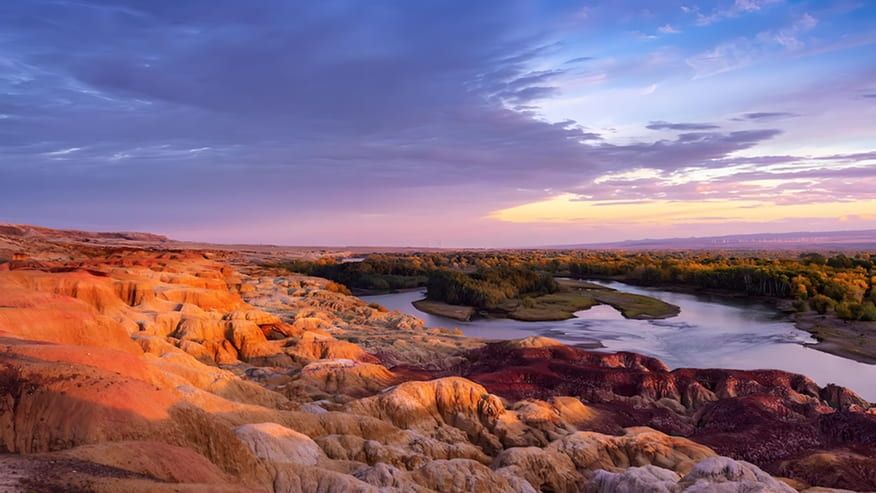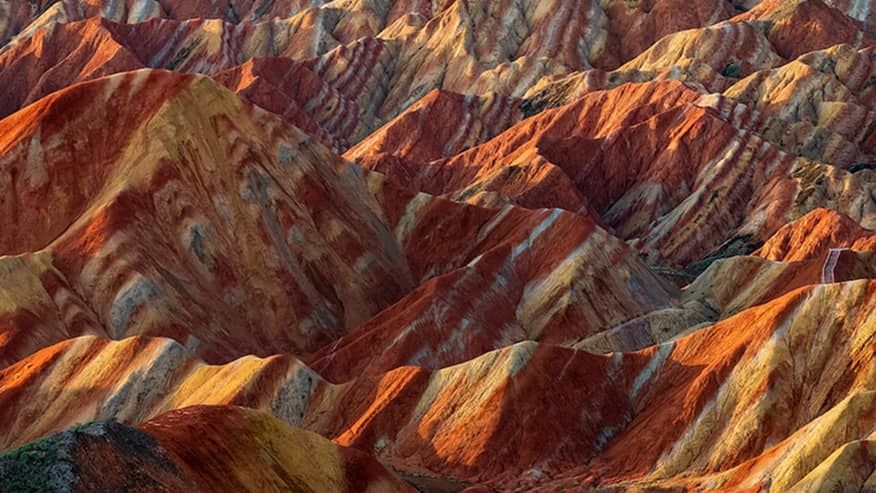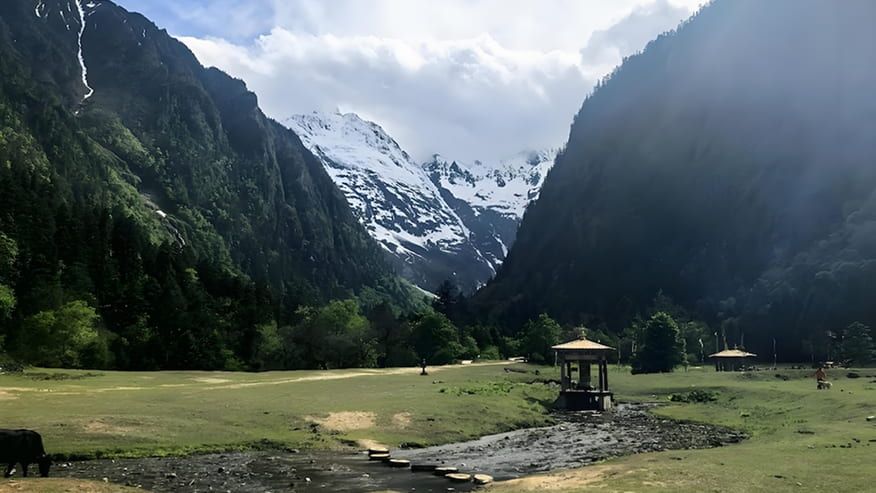Ride Smart Across China with These Travel Tips
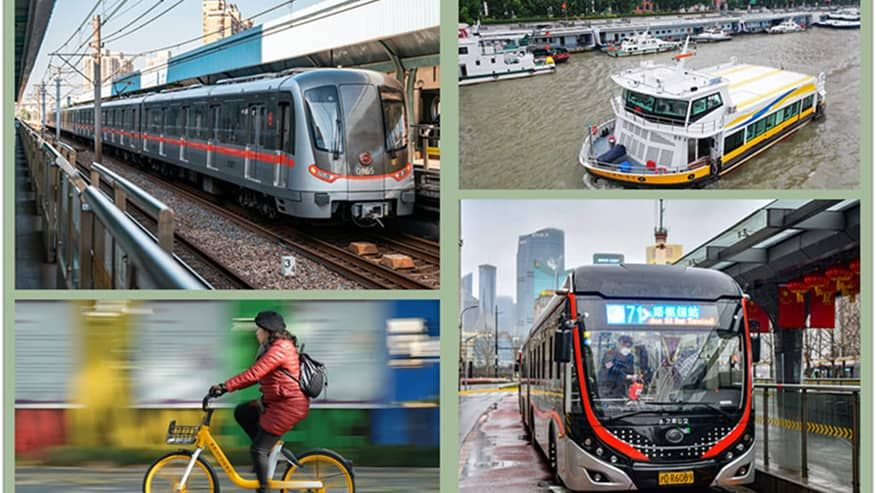
Considering traveling to China and how exactly youâll get around the country from city to city--or even from town to town? Youâre in for a surprise. Although the magnitude of the entire country may seem intimidating, the transportation system is really wonderfully efficient, modern, and visitor-sensitive once you know the drill.
The High-Speed Rail Revolution: See More and Faster
Chinaâs HSR is the worldâs longest and arguably most complex. With dedicated lines exceeding 48,000km by mid-2025, the train links almost all great cities and hundreds of secondary cities by the hundred by up-to-350km/h speed and city-hopping a smooth pleasure.
Foreign travelers can simply use their passport numbers to book tickets. You can book tickets on the official 12306 app (available in English) or purchase at the station. Booking in advance is worthwhile on weekends or holidays.
Other than the above, the stations have the same level of airport-type security screening. The directional signs are bilingual Chinese and English. Passport controls are needed when boarding and when purchasing tickets.
While the majority of the routes go, popular legs such as BeijingâShanghai, ShanghaiâHangzhou, or XiâanâChengdu are serviced frequently so there is much you can integrate into the schedule.
City Travel
1. Metro Mania
Over 25 of Chinaâs major cities, including Beijing, Shanghai, Shenzhen, Xiâan, and Chengdu, have full metro systems up to 2025. All metro signs, platform signs, announcements, and ticket machines incorporate simple-to-read English and are therefore extremely friendly towards non- Chinese speaking people.
Mobile payment is ubiquitous; most systems accept AliPay and WeChat Pay, even on single-use machines. There are accessible QR payment solutions in the app or independent metro apps in some cities for foreign cards.
In fact, the metros are efficient, cool, clean, and fast. BaitSkip peak lines in order to save yourself from the crowds! Regularly clean washrooms are regularly offered by most stations, even the Western style occasionally.
2. Buses
Buses offer you great coverageâwhere metros wonât go. Good services visit small towns and even mid-size cities. Big cities announce the next stop in both English and Chinese, but small-town buses announce the next stop just in Chinese. Save the Chinese name of your destination on your phone or printed out just in case you need to ask the driver or locals.
Mobile or prepaid card payments are now the norm â you wonât even have tickets or coins anymore; tap the phone or the card on boarding and alighting.
Taxi and Ride-Hailing Services
Ride-hailing is controlled by Didi Chuxing (Chinaâs equivalent of âUberâ), and the best news: it is very foreigner-friendly! Use the English interface from WeChat or the Didi app itselfâyou wonât require a Chinese phone number or language skills. International cards and direct translation of the driverâs messages are supported, so interactions are smooth.
Taxis are available in all the cities. Some taxi drivers speak simple English but the majority will not talk, so display your destination in Chinese (handheld device or written on paper). Reserving through Didi during rush hour or within the country might be more convenient.
Cycling and Walking
Chinaâs cycling frenzy has been going on for years. With the scanning of the AliPay/WeChat QR code or local app in seconds, thousands of public bicycles are at your fingertips for a bit of exploring or the last-mile connections. Even the hot Chinese cities in Beijing, Shanghai, and Hangzhou have dedicated cycle paths making cycling speedy and handy.
Walking remains one of the best methods of visiting old alleyways (hutongs), street markets, and green districts. English is made easy with map apps like Baidu Maps or Gaode (Amap) so that you can maintain your bearings.
Air Transport and River Cruise
China has a vast airport network of more than 270 airports with rapid connections by express train and subway lines to the city center. All provincial capitals and most others are linked by domestic flights.
Looking for something different? River cruises â the Suzhou old town canals or the Yangtze â to provide scenic, relaxing voyages between cities or into beautiful landscapes.
Intercity Buses
To reach distant or off-road regions â such as rural Yunnan or North Tibet â the interconnections between the railway lines are covered by the long-distance buses. The main routes are bookable at stations, hotels, or sometimes even by apps.








